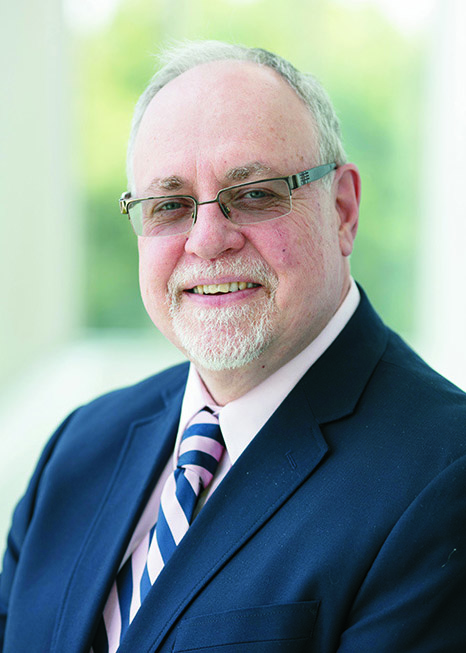What makes nurses innovative?
UC Davis nursing researchers examine innovation in nursing practice.
New research seeks to identify traits and systems to improve lives of patients
Innovation is defined as a new idea, method or device: the introduction of something new. But what does it look like for nurses in health care?
Florence Nightingale innovated in how she improved sanitation and nutrition during the Crimean War to save lives.
At the height of the COVID-19 pandemic, nurses at the University of Texas Southwestern Medical Center in Dallas, Texas, innovated to increase safety by reducing unnecessary use of personal protective equipment, promoting staff readiness and reducing hospital foot traffic.
Despite clear cut examples such as these, how nurses understand innovation or how it guides their practice has not been studied, until now.
What makes something or someone innovative?
 Dean Stephen Cavanagh
Dean Stephen Cavanagh“As health care shifts toward a value-based preventive model, nurses are pushed to provide higher quality care while saving hospitals money. To do that, nurses really must use innovation as a solution. Although it's easy to identify innovation as an outcome, nurses really struggle to identify what structural components or personal components make up innovation,” explained Tina Rylee, a postdoctoral scholar at the Betty Irene Moore School of Nursing at UC Davis.
Rylee, along with School of Nursing Dean Stephen Cavanagh, recently published “Innovation in Nursing Practice: A Scoping Review” in Advances in Nursing Science. Through their literature review, they discovered three components essential to successful innovation:
- the innate characteristics of nurses and their workplace
- the culture or environmental factors in the organization
- the process of translating innovation into a sustainable culture
“We want to understand how we create environments where innovation and new ways of thinking can thrive. Until now, no one has unpacked the theoretical framework of innovation in terms of the nursing profession,” Cavanagh said.
“When you look at innovation as like a structure with multiple components influencing it, you really need to understand when you dial in these different components which components are making the most impact on the outcome of the innovation,” Rylee added. “In order to do that, you really need to have different metrics at various levels.”
Risk vs. reward
 Tina Rylee
Tina RyleeIn health care, unlike other industries if innovations fail, lives are at stake. Most organizations put policies in place that tend to limit individuals from introducing change, thus blocking invention that may improve patients’ experience and lives. Rylee and Cavanagh’s research seeks to understand these dynamics and motivate both educational leaders and managerial nursing leadership so they can be more innovative in ways that can be measured.
“Our research shows that we can foster innovation through education, allowing nurses to be accountable and cognizant of what their changes are while being safe at the same time,” Rylee said.
“We look at how best to get innovative ideas into the lifeblood of an organization, what sort of people are likely to champions of innovation and how to build a sustainable culture of innovation,” Cavanagh said.
Cavanagh and Rylee are working to establish a unified theory of innovation. They hope to then conduct field work to determine the clinical applicability of those components.





